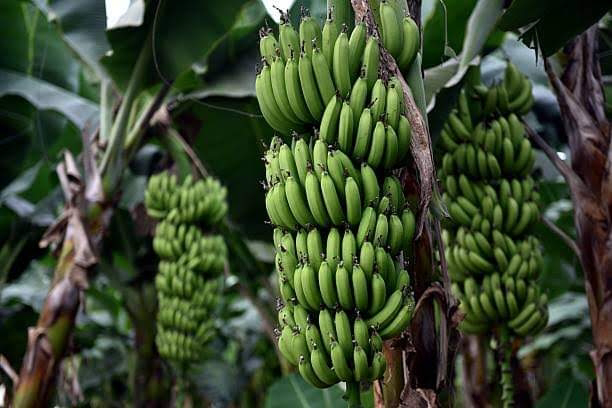Pixie: Sweet mix of orange and tangerine

Pixie orange farming in Uganda is one form of agri-business that has picked up pace fast. The fruit is a cross between oranges and tangerines, its yellow-orange in colour, seedless, easy to peel, tasty and highly nutritious. The demand is significantly high while the supply is still very low. For those interested, this is what you need to know. Ecological requirements Pixie oranges thrives in a wide range of soils although they perform best in sandy loamy soils. For optimum performance, they should be grown in deep, fertile and well-drained soils with a pH range of 6.5 to 7.3. Like oranges, they also survive in areas with low and moderate rainfall, that is why they perform well in arid and semi-arid areas like Teso, Lango, Acholi, Rwenzori and Busoga regions. Propagation and planting Grafting is done using lemon rootstocks and pixie scions cut from a mature and energetically growing pixie tree. The bud grafting method is the most preferred. The rootstocks become ready for g...





